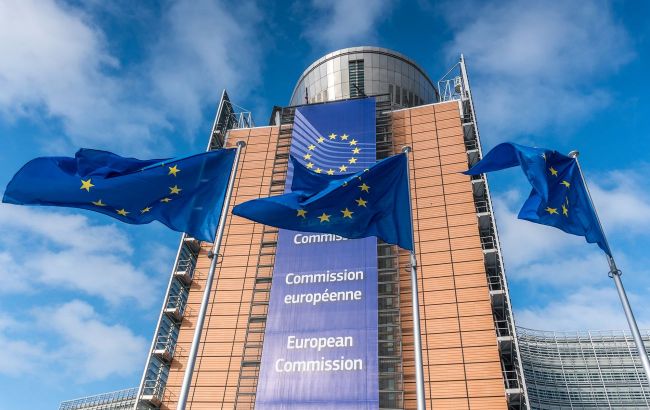EU to consider two funding options for Ukraine aid, Reuters reports
 Photo: The EU will consider two options for financing aid to Ukraine this week (Getty Images)
Photo: The EU will consider two options for financing aid to Ukraine this week (Getty Images)
The European Union will discuss two main ways to provide financial support for Ukraine on Thursday, November 13 — either through loans or by using Russia’s frozen assets, Reuters reports.
According to the outlet, EU finance ministers will meet in Brussels after EU leaders on October 23 pledged to cover Ukraine’s needs for 2026−2027 and asked the European Commission to prepare options for doing so.
An EU official close to the negotiations said the European Commission’s document with proposals is not yet ready. However, he noted that there are only two realistic ways to provide the €130–140 billion Ukraine is likely to need.
One option is using frozen Russian assets, as proposed by the European Commission.
The other option is for EU governments to borrow money on the market, which would involve paying interest.
Reuters reminded that most Russian assets frozen in Europe are held in accounts at the Belgian securities depository Euroclear. Since Russia’s invasion of Ukraine in February 2022, nearly all securities have matured and become free cash.
Using frozen assets would mean that the EU would replace Russian funds in Euroclear accounts with zero-coupon AAA bonds issued by the European Commission.
The money would then go to Kyiv, which would repay the loan only if it receives war reparations from Russia. This effectively turns the loan into a grant, with Russian reparations accessible only after the war ends.
This approach is referred to as a reparation loan because it is linked to payments from Russia.
Under this plan, the only financial contribution from EU governments would be guaranteeing the loans issued by the European Commission to Euroclear.
Reparations loan
Ukraine’s international partners continue to look for ways to cover the state budget deficit for next year. One key option is the creation of a reparations loan, which would allow frozen Russian assets to be directed to Ukraine.
According to the EU plan, Ukraine will begin receiving reparations from Russia in 2026. They will be structured as a €140 billion EU loan backed by frozen Russian assets.
Ukraine will repay this loan only if Russia actually pays reparations. In any case, Moscow loses access to these funds.
The European Commission is also trying to persuade the Belgian government to support providing Ukraine with the €140 billion mega-loan, which would serve as a financial cushion for Kyiv over the next three years.

